Future Food System's multi-criteria mapping and scenario tools will help stakeholders design a sustainable future…
The growing hub of Western Sydney

It is where the recent state election was won, with Labor claiming several seats to end the Coalition�s 12-year term. It is the soon-to-be home of Sydney�s second international airport, the Western Sydney International Airport. And despite many communities in Western Sydney having little to do with agriculture, the area�s significance to the sector � and vice versa � might be stronger than first thought.
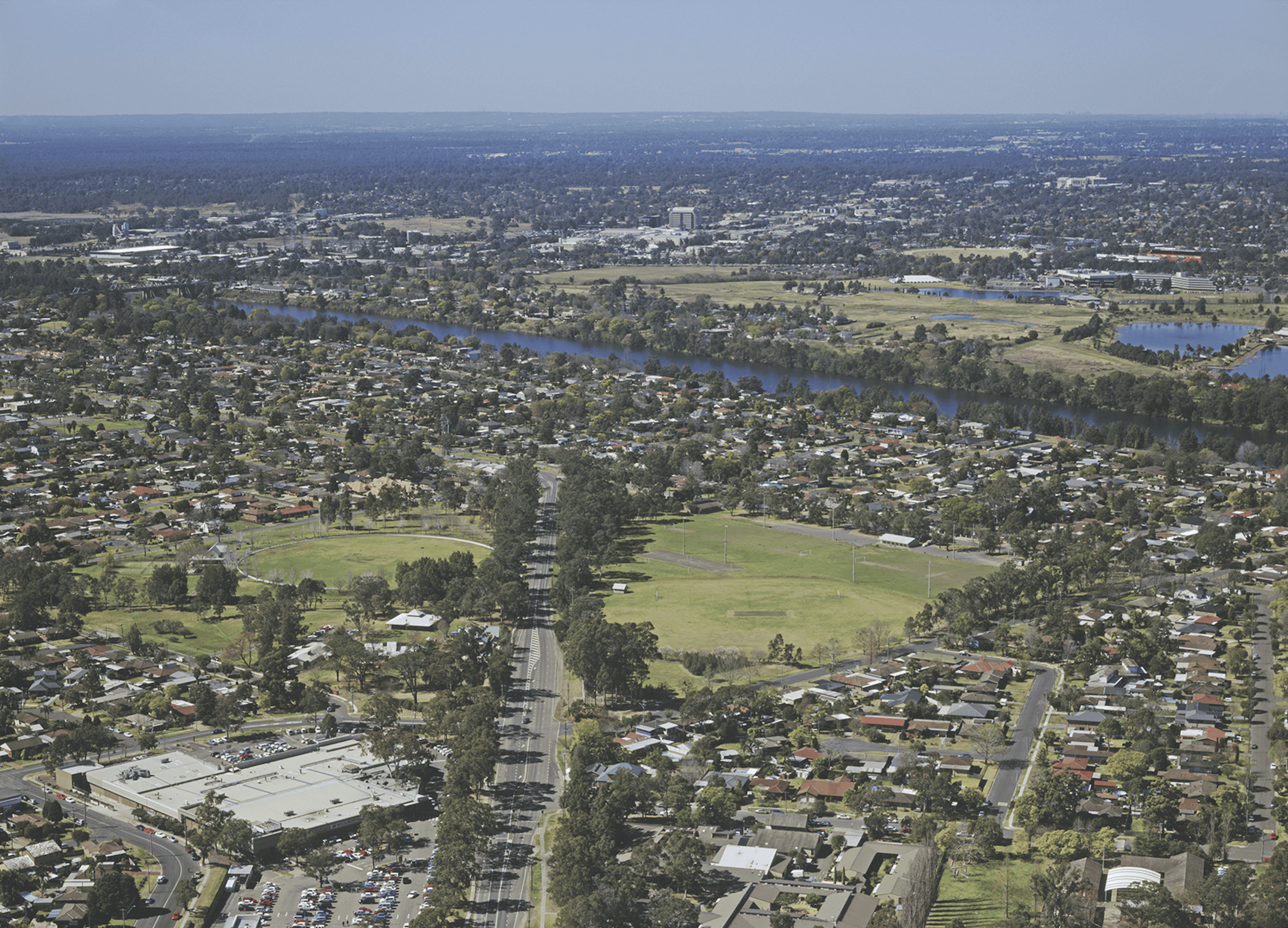
As a processing and manufacturing heartland, Western Sydney plays a key role in food and fibre supply chains. Food manufacturing is the largest component of the manufacturing sector in Western Sydney and is an important employment and economic contributor. It is also undergoing growth. Shifting consumer preferences and growing international and domestic demand for provenance-based food experiences and marketing will create stronger demand for premium processing and packaging. The growing popularity of pre-packaged meals, made famous by brands such as HelloFresh and Marley Spoon, is also contributing to this trend.
Australian meat, horticultural and dairy products continue to grow in popularity throughout countries with relative proximity to Australia, such as China, Japan and Vietnam. The new Western Sydney International Airport, slated to open in 2026, as well as the accompanying agri-precinct (which NSW Farmers successfully advocated for) will create new opportunities for producers and will directly feed into the value-adding potential of the Western Sydney area. With talks of dedicated cargo planes to transport fresh Australian produce to lucrative export destinations, the future is looking bright for local producers.

As a heavyweight in fresh food production, the Central West region would be a key beneficiary of the new airport and agri-precinct. The Central West has a gross value of product close to $2 billion per year and agriculture accounts for roughly 13 per cent of this. A strong emphasis on local produce and wine has spawned a strong hospitality and tourism economy in regional centres such as Orange.
Greater access to the Western Sydney International Airport would help Central West producers build on their domestic success. Orange is just over 200km away from the new airport site, yet a journey using either the Great Western Highway or the Bells Line of Road takes at least three hours. NSW Farmers has made ongoing calls for the upgrade of the Great Western Highway to shorten this journey and enable the efficient transport of premium fresh goods destined for overseas markets. It is disappointing that projects to upgrade the highway have been stalled due to funding constraints.
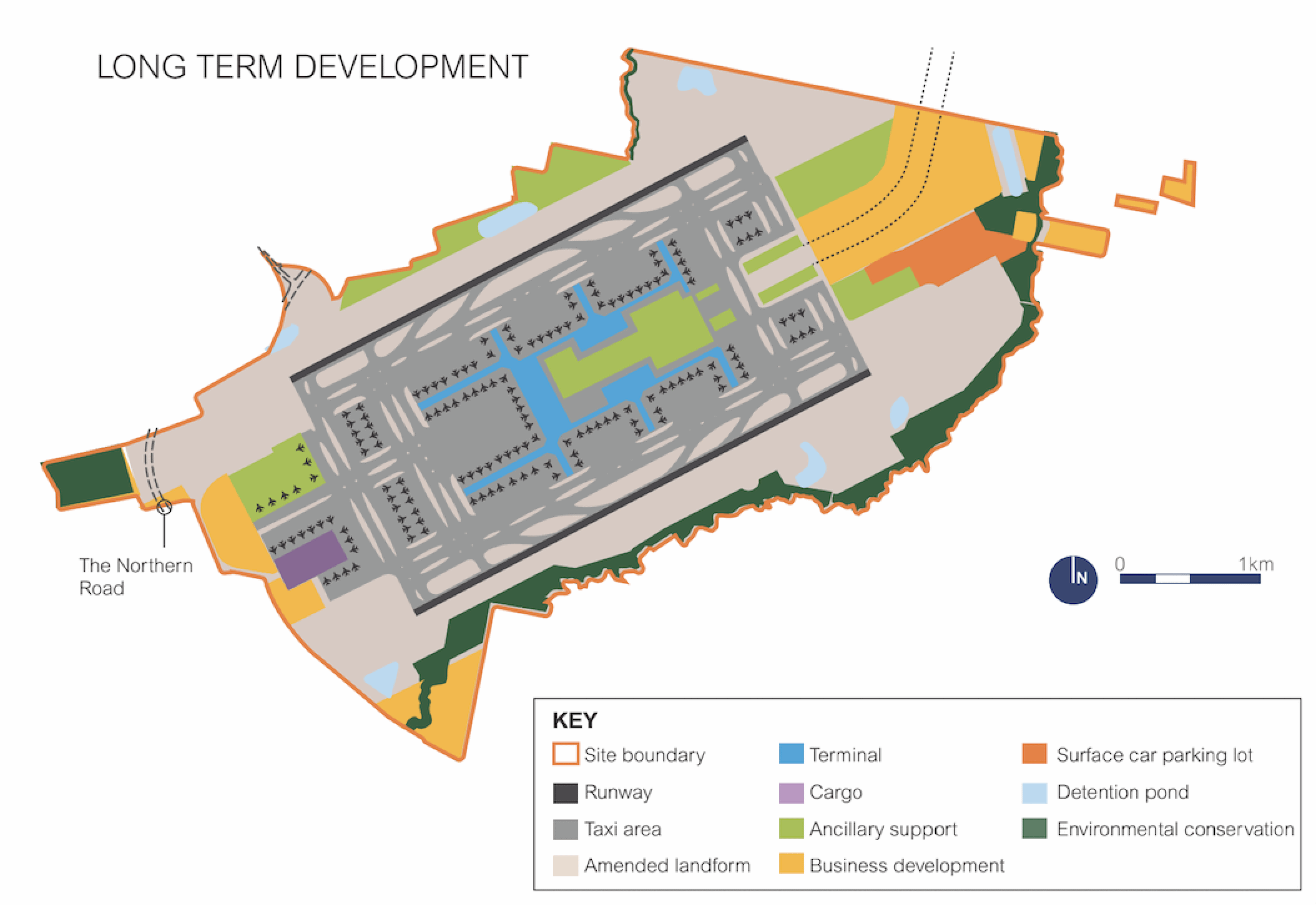
The plans for the Western Sydney International Airport are now advancing, with talk of dedicated cargo planes to transport fresh Australian produce to profitable export destinations
Food security
Due to natural borders to the south, east and north, Sydney can only feasibly grow in the westerly direction. By 2031, Sydney�s population is projected to have increased by 1.5 million to over 5.8 million (63 per cent of the projected NSW population). Western Sydney will be home to a many of these new residents, with the Department of Planning and Environment predicting the region to supply roughly 60 per cent of Greater Sydney�s new dwellings in the period between 2021 and 2025.
Ironically, Sydney�s growing population also means the gradual loss of one of its key food sources. Food production in the Sydney Basin is worth almost $1 billion per year, with the bulk of Sydney�s vegetables and eggs coming from this food bowl. Sydney�s expanding perimeter has gradually led to the erosion of farmland, with many farmers in the area concerned about encroachment on their land. Some estimates place the loss of agricultural land at up to 60 per cent over the decade from 2011.
The Sydney Basin is a case study in the tension between competing land uses and how governments manage and plan for this. With housing a priority as Western Sydney expands, it is imperative agriculture is not seen as an afterthought. This has been an advocacy priority for NSW Farmers as land use tensions play out in various forms across the state; whether it be to do with renewable and traditional energy generation or the urban sprawl that is impacting several regional centres across the state. What is key here is that food production is not taken for granted. Once land is industrialised, its potential for productive use is diminished.
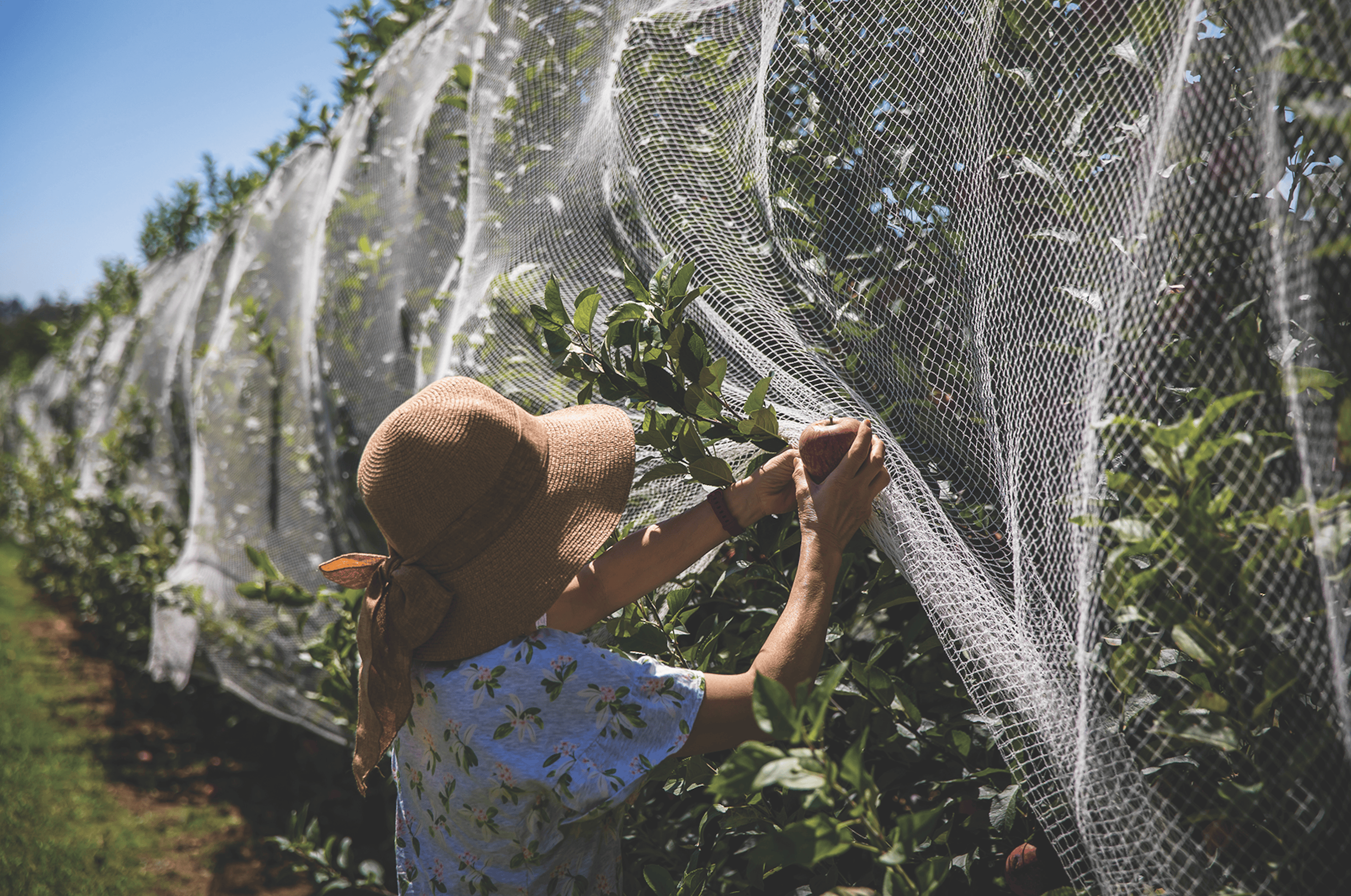
Feeding the future
The theme of the NSW Farmers state election platform was Feeding the Future, and it is a theme we continued into the 2023 Annual Conference. The key message is that consumers are key beneficiaries of a productive agriculture sector; a poignant point amid the cost-of-living crisis, which is disproportionately impacting communities in the western suburbs of Sydney. If agriculture is supported to be profitable � whether that is through managing land use tensions, water and environmental challenges, or increasing market complexities � then Australians can continue to have access to affordable, healthy and quality food and fibre.
NSW Farmers held its 2023 Annual Conference at Rosehill Gardens Racecourse. Nestled in the manufacturing precincts of Western Sydney, the new venue was an apt change after years of Annual Conference being held at Luna Park. In a prelude event to Annual Conference, NSW Farmers hosted five panellists exploring the Feeding the Future theme (see more on page 17 of this issue). The panellists unpacked the risks and opportunities for the sector in meeting growing food and fibre demand as the operating, political and social environment grows more complex.


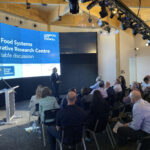
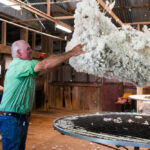
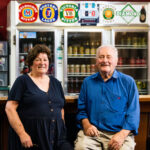


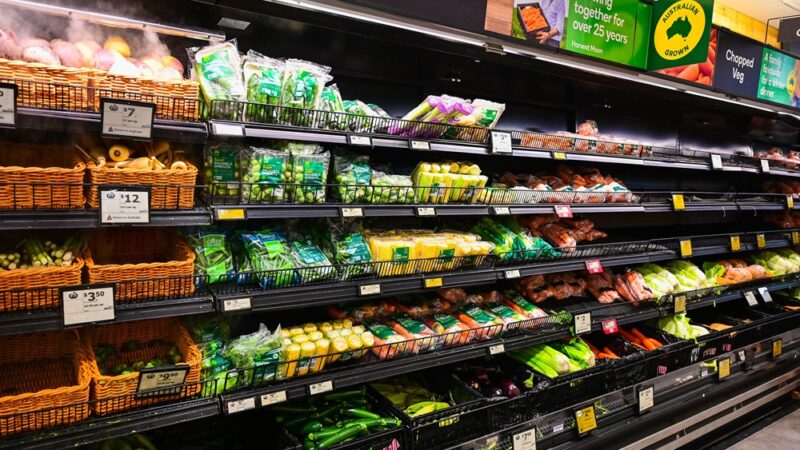

Great article re Western Sydney airport export opportunities however the lack of Refrigerated transport ex Central West & the fact the roads are in poor state with no properhighway over the Blue Mountains ( No B Doubles) or rail for that matter means the opportunity is lost, I�m an Orchardist based in Cowra & am struggling to get reliable freight to the Sydney Markets for the last 7 years, we moved out here from then coast to grow & scale up but it has been a nightmare & limits business. Similar issue when Canberra airport lifted curfews & opened up International flights with cargo for Singapore etc